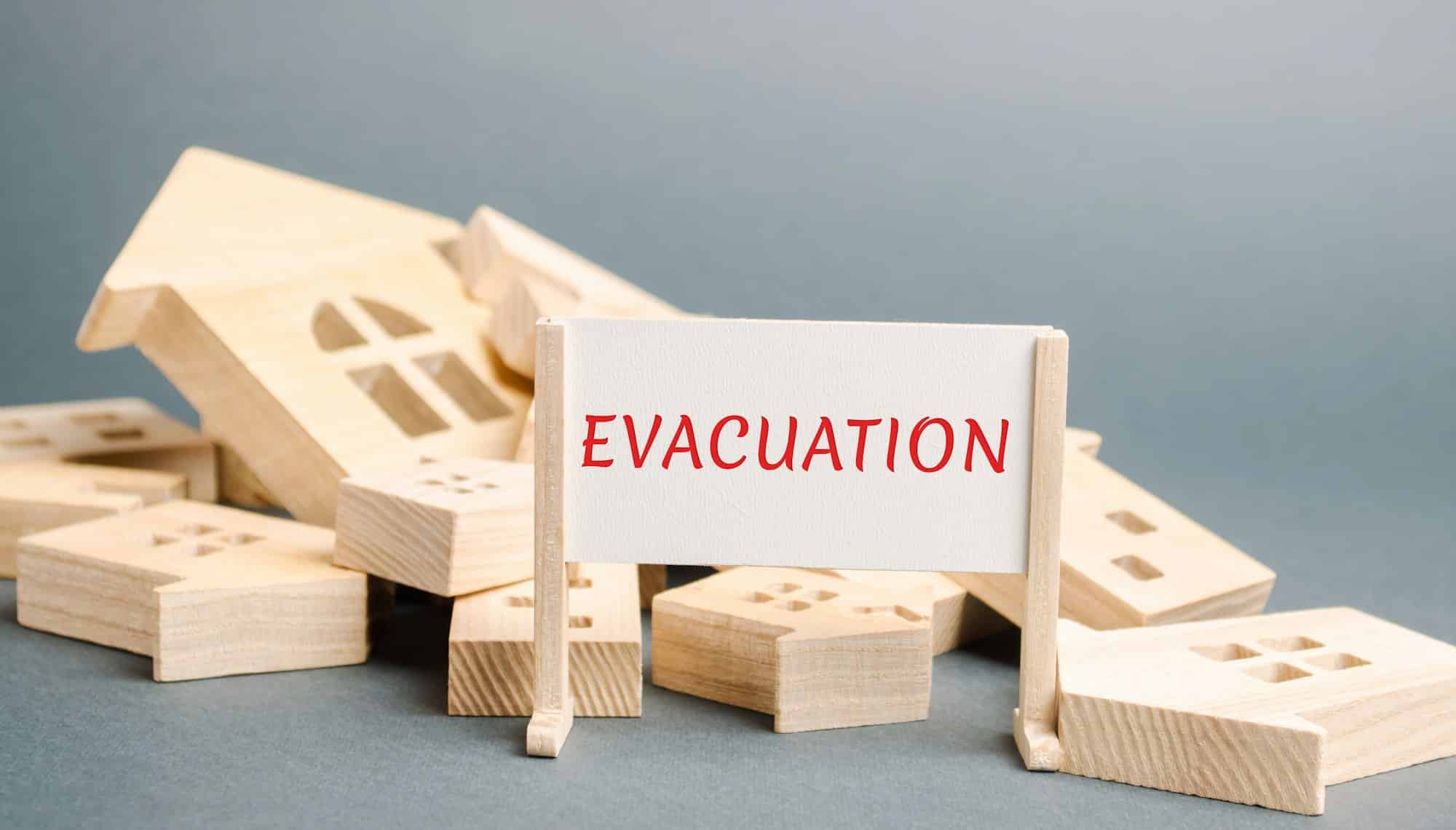How to Create an Emergency Evacuation Plan for Your Large Aquarium?

Aquariums are a testament to the wonders of marine biodiversity, providing the soothing sight of fishes swimming in harmony. But, sometimes, unforeseen circumstances like power outages, natural disasters, or home emergencies can jeopardize the life and well-being of your fish. In such situations, your aquarium necessitates a detailed and strategic emergency evacuation plan.
This article will guide you in creating an effective emergency plan for your large aquarium. We’ll touch on various parameters including water quality, power backups, handling temperature fluctuations, and more.
A découvrir également : What Are the Healthiest Plant-Based Chew Options for Vegan Dog Owners?
Emergency Plan: Why You Need It and Where to Start?
An emergency evacuation plan for your aquarium is not just a precautionary measure but a necessary tool you should have at your disposal. Your fishes, like any pet, depend on you for their well-being and survival. During a disaster or a simple power outage, your tank’s life-supporting systems can fail, putting your aquatic friends at risk.
To start, you should focus on the three critical aspects: water quality, temperature control, and power supply. These factors greatly influence the survival of your aquatic pets. Let’s delve into these elements in detail.
Avez-vous vu cela : What Are the Best Non-Toxic Cleaning Supplies for Bird Cages?
Preserving Water Quality during an Emergency
In an emergency, maintaining the water quality in your aquarium is paramount. Fishes are extremely sensitive to changes in the quality of their environment. Dramatic shifts can lead to stress, disease, or even death.
To maintain the water quality, your emergency plan should include provisions for water movement and oxygenation. Water movement prevents the buildup of harmful substances. Oxygen, on the other hand, is vital for fish respiration.
Portable air pumps or battery-operated air stones can help provide oxygen during a power outage. They can aerate the water, ensuring that it remains rich in oxygen. Ensure you have spare batteries to keep these devices running as long as needed.
You should also have a supply of treated water stored to replace any lost or contaminated water. Make sure you also have your water testing kits on hand to monitor the water quality during the crisis.
Managing Temperature Control
Just like water quality, temperature plays a vital role in your fish’s wellbeing. Aquariums typically require heaters to keep the water temperature stable and within a range suitable for your fish species. A sudden drop or rise in temperature can be fatal for your aquatic pets.
In an emergency, having a backup heater that can function without mains power is crucial. These heaters can be battery-operated or can work off a car battery or generator.
Another practical step is to insulate your tank. Insulation can help maintain the temperature for a longer duration. You can use polystyrene sheets or reflective bubble wrap for this purpose.
Power Backup: Your Lifeline during an Emergency
Power is the lifeline of your aquarium, running everything from heaters, lights, pumps, to filters. In a power outage, your aquarium could become a life-threatening environment for your fish within a matter of hours.
A reliable power backup is a key component of your aquarium’s emergency evacuation plan. Generators, power inverters, or UPS systems can provide temporary power to your aquarium. These can keep the necessary equipment running and buy you enough time to implement your emergency plan.
Remember, not all equipment needs to run during a power outage. Prioritize your devices. The filter, heater, and air pump are the three most critical devices that need to run to keep your fish alive.
Moving Your Fish in Case of a Disaster
In case of severe emergencies like floods or fires, you might need to evacuate your fish. This process can be stressful for both you and your fish. Hence, you need to plan this well in advance, considering the size of your aquarium and the species of your fish.
You will need large containers with lids, preferably with handles for easy transport. These containers should be clean and should never have been used for chemicals or cleaning agents. You will also need a fish net, buckets, siphon tubes, and sealable plastic bags.
Remember to take some water from the tank to fill the containers, maintaining the same water quality and temperature for the fish. Once you have safely caught and transferred your fish, you can proceed with the evacuation.
Safeguarding your aquatic pets during emergencies can be a challenging task. However, with careful planning, you can ensure their survival and well-being. Just remember, the key to a successful emergency evacuation plan lies in being prepared well in advance and knowing how to execute it calmly and effectively.
Long Term Solutions for Aquarium Emergencies
For long-term solutions, it’s worth investing in a quarantine tank. A quarantine tank is a smaller, separate tank where you can move your fish during a major disaster. This tank should be fully equipped with a heater, filter, and air pump to ensure the same water quality and temperature as your main tank.
Investing in a power outage alarm is also a wise decision. This device can alert you whenever there’s a power failure, even when you’re not at home. This way, you can act quickly to prevent potential harm to your fish.
Another helpful tool to have on hand is activated carbon. In case of a chemical leak or contamination, activated carbon can help absorb harmful substances and improve water quality. However, remember that activated carbon can only be used as a temporary solution and a water change will be necessary as soon as possible.
Finally, consider joining local aquarium groups or forums. These communities can be a great source of advice and support in times of crisis. They can even help you with temporary housing for your fish in case of an extended power outage or emergency.
Conclusion: Be Prepared and Stay Calm
Creating an emergency evacuation plan for your aquarium is not just about the physical preparations. It’s also about staying mentally prepared and calm during a crisis. Remember, panic can lead to poor decisions that may worsen the situation. Always prioritize your pet’s safety over your tank’s aesthetics.
Your fish, like any other pet, depend on you for their wellbeing. Regular maintenance of your tank, including routine water changes, checking water temperature, and monitoring oxygen levels, will ensure your fish are healthy and strong enough to endure any unexpected situation.
In the face of an emergency, your preparation will make all the difference. With proper planning and the right tools, you can efficiently mitigate the risks associated with power outages or other emergencies. Remember, the key to a successful aquarium emergency plan is being prepared well in advance and knowing how to execute the plan calmly and effectively.
Your aquarium is a living, breathing ecosystem, but with proper care and attention, you can ensure it remains a safe and comfortable home for your fish even during the most challenging times.
